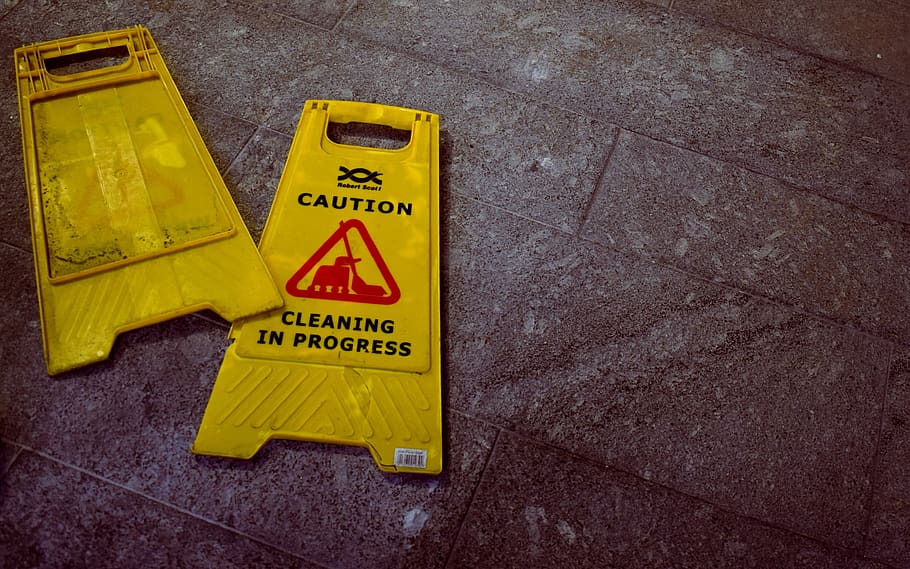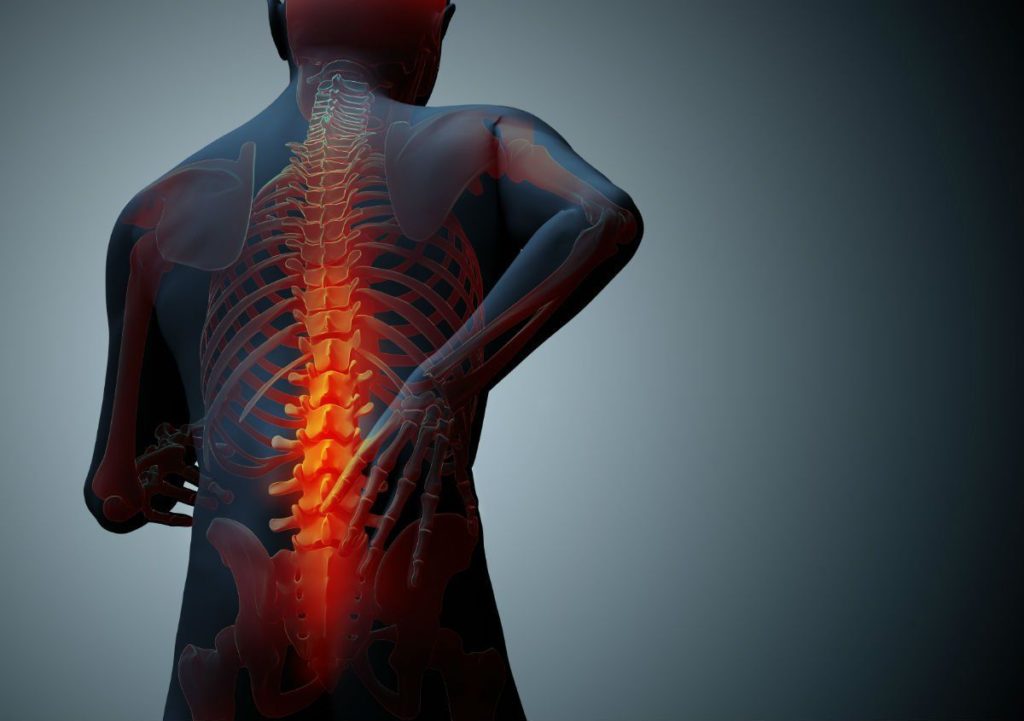A slip and fall accident can result in various injuries that can range from mild to severe. While most of these injuries will be visible and easy to identify, such as bruises and lacerations, it is not uncommon for a slip and fall victim to suffer internal bleeding due to the accident. Unfortunately, internal bleeding from a slip and fall often goes unnoticed. If left untreated, internal bleeding can lead to serious medical complications and even death.
The signs and symptoms of internal bleeding are wide-ranging and can result from various causes. Read on to learn more about the signs and symptoms of internal bleeding from a slip and fall accident.
WHAT IS INTERNAL BLEEDING?
Internal bleeding typically occurs in the organs or cavities of the body, including the head, abdomen, or chest. The eyes and tissues that line the heart are other standard sites for potential internal bleeding. This type of bleeding is often not immediately evident, so a slip and fall victim may not know they are suffering from internal bleeding until it is too late. The amount of internal bleeding will usually depend on how severe the injury is, the location of the injury, and how quickly the victim receives treatment.

WHAT CAUSES INTERNAL BLEEDING AFTER A SLIP AND FALL ACCIDENT?
Internal bleeding is typically the result of some trauma, but it can also result from the use of certain substances.
The causes of internal bleeding can include, but are not limited to:
- Broken bones
- Trauma
- Pregnancy
- Surgical procedures
- Alcohol abuse
- Blood thinners or other anti-coagulation/anti-platelet medications
Internal bleeding from a slip and fall is usually related to bodily trauma or broken bones. Whenever an object strikes the body with force, internal bleeding can occur due to physical trauma, the compression of internal organs, or broken bones.
SIGNS AND SYMPTOMS OF INTERNAL BLEEDING
Anytime a slip and fall accident occurs, causing trauma, fractures, or broken bones, internal bleeding is possible. Even seemingly minor accidents can cause internal bleeding, which is why it is so important to be on the lookout for possible signs and symptoms. The signs and symptoms of internal bleeding will often differ, depending on the location in the body. However, they generally may include:
- pain
- a tight or swollen abdomen
- vomiting or nausea
- clammy, pale, or sweaty skin
- extreme thirst
- breathlessness
- unconsciousness
Read on for more internal bleeding signs and symptoms related to specific injuries.
INTERNAL BLEEDING FROM HEAD INJURIES
Intracranial bleeding that occurs after trauma to the head can cause pain, but not always. That is why it is essential to recognize the other signs associated with internal bleeding due to head trauma.
Other signs of internal bleeding from head trauma include:
- Altered mental states
- Headaches
- Dizziness
- Stiff neck
- Confusion
- Memory loss, particularly surrounding the slip and fall
- Coma
- Weakness
- Slurred speech
- Loss of vision

INTERNAL BLEEDING IN THE ABDOMEN
Internal bleeding in the abdomen is often the result of compression on vital organs.
- Signs of internal abdominal bleeding include:
- Vomiting bright red blood
- Vomit that looks like coffee grounds
- Black or tarry stool
- Weakness
- Lightheadedness
- Shortness of breath
- Shock
- Low blood pressure
- Pain
- An abdomen that is hard or rigid to the touch
- Bruising on the abdomen
INTERNAL BLEEDING DUE TO MUSCLE INJURIES
A muscle injury can result in internal bleeding. Often, internal bleeding from a muscle injury is associated with broken bones, particularly in the shin or the forearm.
Internal bleeding due to muscle injuries may cause:
- Pain
- Difficulty in moving a joint
- Loss of sensation
HOW TO RESPOND TO AN INJURY WITH INTERNAL BLEEDING
It is important to remember that internal bleeding is serious and constitutes a medical emergency. General first aid is often insufficient to treat or manage internal bleeding from a slip and fall, and immediate medical attention is necessary for anyone suffering from internal bleeding.
If you have witnessed a slip and fall and suspect the victim may be injured, do the following:
- Be aware of any danger before you approach the victim.
- Call 911 or ask someone else to call 911 and request medical assistance.
- Find out if the slip and fall victim is conscious.
- Make sure the victim is lying down.
- Keep the slip and fall victim warm by covering them.
- When possible, lift the victim’s legs above their heart level.
- Do not give them anything to drink or eat.
- Reassure the victim and, if possible, manage any visible injuries.
- Frequently check the victim’s breathing and begin CPR if necessary.

HOW IS INTERNAL BLEEDING DIAGNOSED?
It can be challenging for medical professionals to diagnose internal bleeding. In some cases, just locating the internal bleeding source can be difficult.
To diagnose internal bleeding after a slip and fall, the doctor will usually perform a thorough physical examination on the patient, inquire about any symptoms, and, when possible, review their medical history.
If internal bleeding is suspected, the doctor will order diagnostic imaging, such as a magnetic resonance imaging (MRI) or computed tomography (CT) scan, which can locate and evaluate the extent of any injuries. Urine and blood tests can also diagnose or confirm internal bleeding.
As soon as the source of the internal bleeding has been identified, the doctor might look inside the victim’s blood vessels using angiography. Depending on the severity of the issue, an X-ray or electrocardiogram (ECG) may also be required to assess blood flow or damage to the victim’s heart.
HOW IS INTERNAL BLEEDING TREATED?
A doctor typically recommends rest and hydration to treat mild or minor internal bleeding from a slip and fall. Normally, clots will develop to limit internal bleeding as blood vessels repair themselves temporarily. In time, surrounding tissues reabsorb any excess blood.
For moderate to severe cases of internal bleeding from a slip and fall accident, medical professionals will administer intravenous plasma, vitamin K, blood, and platelets. In addition, recent advances in medical technology now include administering high doses of complex compounds that can stimulate blood clotting. A slip and fall victim may also be given intravenous fluids rich in electrolytes whenever internal bleeding is present. Once the accident victim is stable or no longer at risk for death, the doctor will work to locate and stop the source of the internal bleeding. Depending on the injury’s severity, surgery may be required to repair damaged blood vessels and remove any excess blood.
Once the bleeding has stopped, a doctor might prescribe medications as a preventative measure. The slip and fall victim may also need to undergo physical therapy or make specific lifestyle changes, like giving up alcohol or smoking, to reduce any chance of further injury or internal bleeding.
WHAT HAPPENS IF INTERNAL BLEEDING IS LEFT UNTREATED?
The severity of damage caused by internal bleeding largely depends on the location of the bleed. Large amounts of blood collecting in some regions of the body may take a long time to start causing harm, while even small amounts of blood in parts of the brain can rapidly cause severe symptoms or even death.
Severe complications associated with internal bleeding can include anemia, organ failure, paralysis, coma, brain injuries, and even death. Emergency surgery may be necessary to stop the bleeding before further damage, such as a stroke or permanent vital organ damage, occurs.
Remember, even the most minor slip and fall can result in internal bleeding, which is why it is crucial always to have a medical professional examine you following an accident. Even so, it can take days, weeks, and even months for internal bleeding to present itself.
Worldwide, internal bleeding is a leading cause of trauma-related death. Even after treatment from a doctor, severe cases of internal bleeding can be fatal, so slip and fall injuries must be taken seriously, no matter how minor they may seem.
When internal bleeding from a slip and fall accident is identified early, complication risks are diminished and the victim has a fighting chance to make a full recovery.
Internal bleeding is almost always considered a medical emergency and needs to be diagnosed and treated by a trained physician. If you suspect internal bleeding following a slip and fall, you must immediately call 911 and receive a diagnosis from your doctor, regardless of how long it has been since the accident.
After receiving treatment, your very next phone call should be to a skilled slip and fall lawyer who can work with you to hold those responsible for your accident accountable.
The slip and fall experts at Thistle Law can do just that. We have recovered millions of dollars for our clients who suffered internal bleeding and other complications related to slip and fall accidents.

